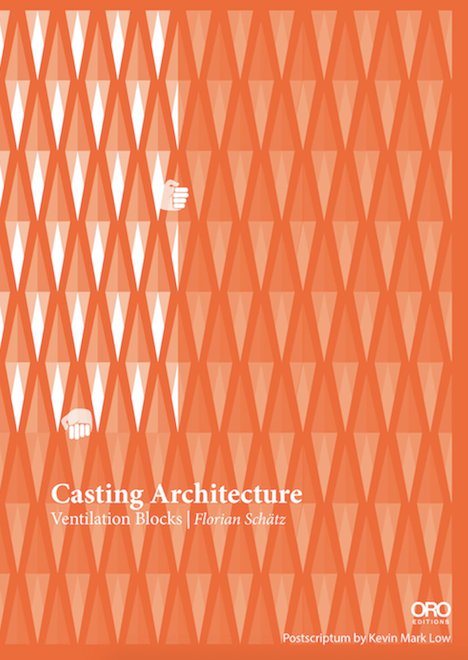New York
Look closer. That’s the way Janos Korban and Stefanie Flaubert approach their work. Korban, a metalsmith, and Flaubert, trained as an architect, have made a career from studying patterns in nature. The husband-and-wife team might scrutinize a vine near their studio in Sydney, Australia, for example, tease out the basic geometric module forming it, and with a change of scale and material, transform that module into a new furniture piece or art installation.
In that vein, Korban/Flaubert initiated in 2002 an ongoing exploration of tetrahedra. The investigation first produced Tetra, a stainless-steel-and-polypropylene object that can nest into others in various configurations, like peptide chains. That was followed by commercially available luminaires, called Weblights, which are smaller outlines of Tetra that incorporate LEDs. The design team creates building blocks without “forcing an outcome or formal shape,” says Flaubert, noting that users determine the arrangement of Tetra or Weblights. “Like evolution, there are no constraints, but only logic in the way modules connect. It’s automatic and unconscious.”
Korban and Flaubert introduced Americans to their point of view and methodology in May, when they suspended Automatic from the ceiling of the Diesel Denim Gallery in New York’s SoHo neighborhood. The latest in a series of temporary works commissioned for the 950-square-foot store by freelance curator Sebastien Agneessens, Automatic also represents one of Korban/Flaubert’s most monumental uses of tetrahedra.
Automatic could be described as Weblights writ large. Instead of LEDs, it incorporates off-the-shelf T8 fluorescent tubes within truncated triangular prisms fabricated from 7-foot-long aluminum arms. To generate a complex form, Korban/Flaubert suspended a starting module from Diesel’s ceiling and improvised the resulting chain. “One prism connects to the next,” Flaubert explains, “as if they’re floating in space, docking onto each other.”
The adaptation of Weblights to an architectural scale posed certain practical challenges in addition to Korban/Flaubert’s queries into the mathematical forms that underpin life. For example, parts of the installation intervened with circulation in the long, skinny retail interior, forcing visitors to duck and weave around the abstract volumes. “It’s about immersion,” Flaubert says, adding that the lights served as cues for participants who otherwise may be disoriented by the asymmetrical composition.
Flaubert calls Automatic “aggressive, tense. We wanted to create the sense of being propelled, of being on the edge of control.” In a previous iteration of the project, installed at Sydney’s Object gallery, slightly smaller illuminated modules stacked up and away from the viewer, filling out the domed volume of a former chapel—more a dainty artwork to behold than a partner to tango with. Yet another sensory experience may be realized as soon as next month: As of press time, Korban/Flaubert was in negotiations to reinstall Automatic for next month’s Art Basel Miami Beach.
PeopleClient Curator Designer Installation team: Production director: Chris Hoover (Formavision) Photographer
|
ProductsTubing Fluorescent tube lighting |



